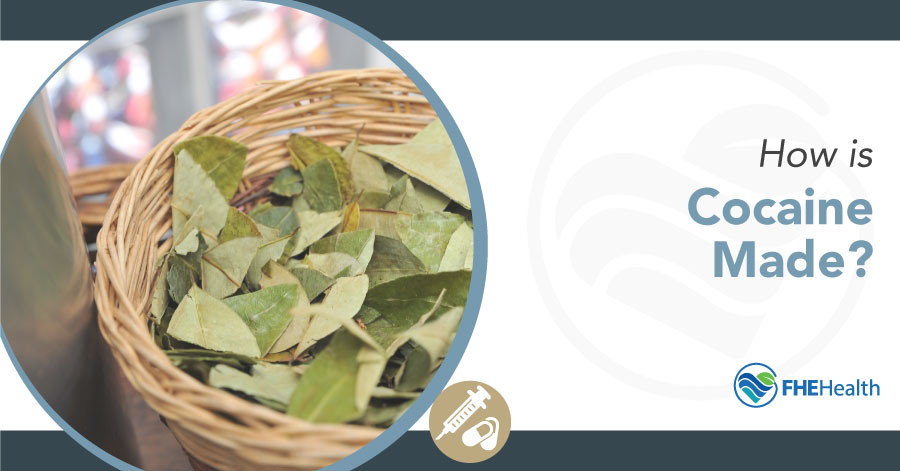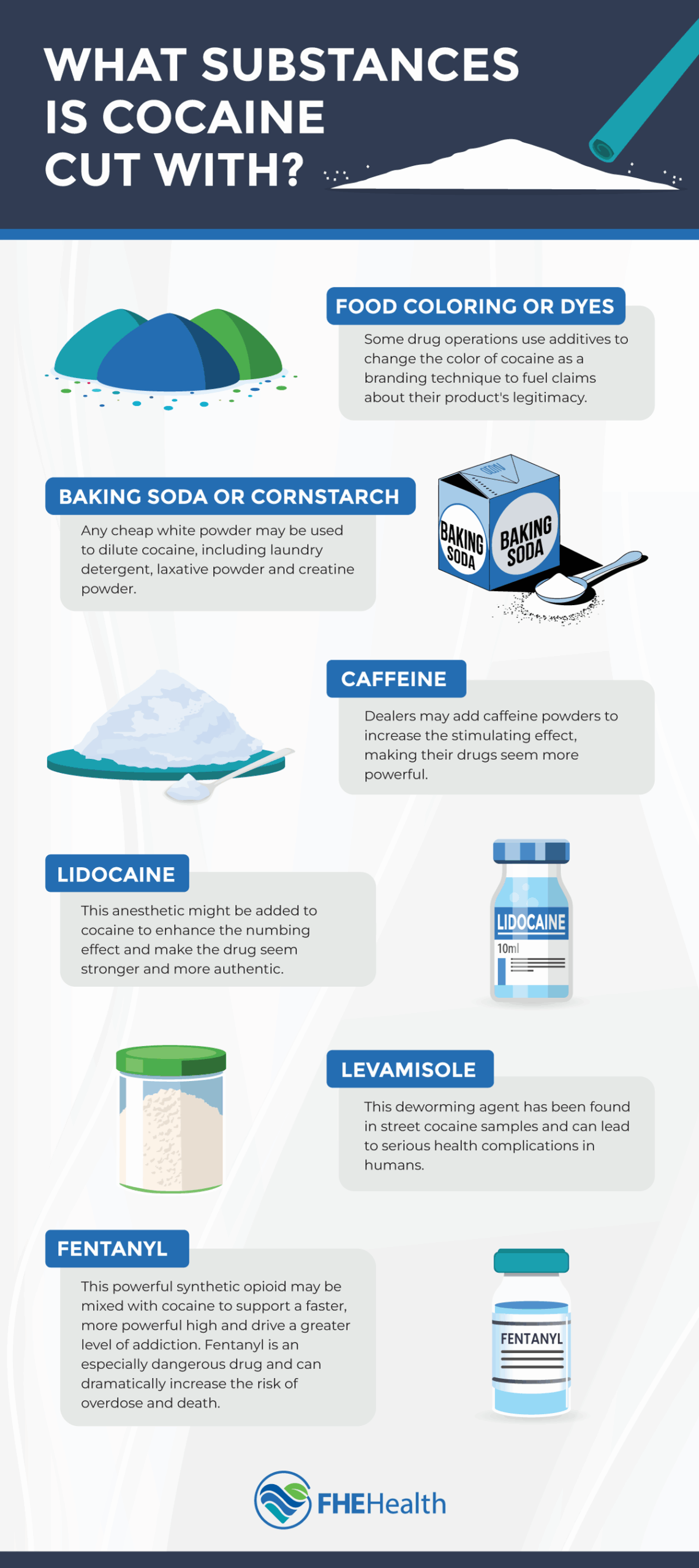
Almost all cocaine comes from just four South American countries. The White House recently published a report on the amount of cocaine coming from South America, and the numbers are staggering:
- In Columbia, estimated coca cultivation and cocaine manufacturing in 2020 was a record 1010 metric tons (nearly 2,300,000 pounds in processed cocaine) and 245,000 hectares (612,000 acres of coca plants).
- In Peru, coca cultivation in 2020 reached 88,200 hectares (212,000 acres). Cocaine manufactured in Peru was nearly 810 metric tons (1,800,000 pounds).
- In Bolivia, cocaine production equaled previous years in Bolivia at 312 metric tons (63,700 pounds). Coca cultivation also remained steady at 39,400 hectares (94,600 acres).
The U.S. and South American governments continue to work closely together to stop the exportation of cocaine from Bolivia, Peru, and Columbia. Unfortunately, extraneous factors make it extremely difficult to keep coca plant farmers from growing and selling their crops to cocaine manufacturers. The biggest factor fueling cocaine cultivation in South America is poverty. The average annual wage of a Bolivian citizen is less than $4000. However, cocaine farmers can make three times that amount–if they are not caught and shut down by the Bolivian government.
How Cocaine Is Made: The Cultivation and Harvesting of Coca Plants
Coca plant farmers sow seeds in December and January. When plants are about two feet high, farmers transplant them into “aspi” (final planting plots) or “uachos” (furrows). Mature leaves are then hand-pulled off plants. Several harvests occur every year, with the biggest harvest in March. Later harvests happen in June and November, depending on rainfall amounts. Freshly harvested coca leaves are light to medium green in color. After the leaves are left to dry out in the sun, they are then packed in cloth sacks that prevent moisture and humidity from reducing the quality of the leaves.
The South American climate provides the right amount of sunlight, warmth, and rain to grow huge crops of coca plants. Additionally, farmers do not need to invest in pesticides, herbicides, or expensive machinery to harvest their crops. By paying local workers less than one dollar an hour to pick coca leaves, farmers are able to house, feed, and clothe their families in a country where poverty, malnutrition, and disease are the leading causes of death in children.
Extracting the “Cocaine” from Coca Leaves
Methods used to process coca leaves into coca paste have remained basically the same since the U.S. government started aggressively targeting South American cocaine producers in the early 1990s. Steps used to convert coca leaves into pure coca paste involve the following:
Dried coca leaves are placed in “pozos,” or pits that are dug out in the ground and lined with plastic material. When possible, these coca paste pits are constructed near streams for easy access to a constant water supply. Next, water and sodium carbonate are poured into the pit. Sodium carbonate is an alkaline solution that facilitates the extraction of cocaine alkaloids in leaves.
After allowing sodium carbonate to loosen coca leaf alkaloids, farmers then add kerosene to completely extract the remaining alkaloids. Workers actually get into pozos and stomp on the mixture for several days until the kerosene and cocaine alkaloids separate chemically from the leaves and water. Eventually, all that remains after the extraction process is pure cocaine paste.
The Process of Converting Coca Paste to Cocaine Hydrochloride
Converting coca paste into cocaine is done in labs funded by drug cartels. Expensive equipment and skilled cocaine processors are needed to convert paste into cocaine that has not yet been “cut” with often toxic substances.
The Role of Chemicals in Cocaine Production
Hydrochloric or sulfuric acid and water dissolve the paste into a workable mixture that allows potassium permanganate to extract unwanted alkaloids. In 2005, the U.S. DEA listed potassium permanganate as a List II chemical due to its association with cocaine production. In the U.S., sodium permanganate is highly regulated under the Controlled Substance Act and requires the provision of extensive documentation to the DEA when used for industrial purposes.
Once the solution is filtered, ammonium hydroxide is added to solidify the mixture. The mixture is then dried using high-powered heating lamps. This final step is needed to produce the powdered cocaine base drug cartels ship in bulk to the U.S.
Cocaine Processing Facilities
Cocaine hydrochloride (cocaine HCI) is processed in large buildings on complexes that act like miniature “cities” for drug cartel workers. These cities often house chemical recycling facilities, a sophisticated, covert communication system, and even airstrips to allow small planes to land and take off.
Crystallizing and Cutting Cocaine
Ether or acetone is usually added to end-stage cocaine to further crystallize the drug into cocaine HCI. At this point in the production of cocaine, it is no longer pure. Drug dealers then cut the cocaine with a variety of substances to increase their profit.
Composition of Street Cocaine
Gas chromatography is the standard method used by forensic scientists to determine the purity of street cocaine. By dissolving a small amount of cocaine in solvents and then vaporizing the cocaine, scientists can identify hundreds of different adulterants commonly used to dilute cocaine for profit.
The Risks of Additives in Street Cocaine
Research indicates that cocaine users don’t consider the potential risks of additives mixed with the cocaine they purchase off the street. In fact, the results of a gas chromatography study of cocaine provided by over 350 cocaine users found that:
- Average pure cocaine content of samples was 22 percent.
- The percentage of cocaine containing at least one additive was 75 percent.
- The most common adulterant detected in cocaine was phenacetin (in 54 percent of cocaine samples). Phenacetin is an analgesic and human carcinogen known to cause respiratory depression and cyanosis (bluish skin due to severe lack of oxygen).
Paracetamol (acetaminophen), benzocaine, caffeine, and lidocaine (an anesthetic) are other additives that have been found in cocaine using gas chromatography analysis. In addition, cocaine manufacturers often rely on cheap, salvaged, or recycled solvents that may be contaminated with a variety of pharmaceutical products.
The Growing Danger of Fentanyl in Cocaine
Today, fentanyl is one of the most dangerous additives found in cocaine. Inexpensive to make from derivatives of pharmaceutical chemicals, fentanyl mixes easily with cocaine because it looks exactly like powdered cocaine. Illicit fentanyl labs are also producing analogs of fentanyl with which to cut cocaine. For example, carfentanil is a powerful animal tranquilizer that has been found in cocaine and heroin bought off the street. Dealers are also cutting cocaine with another fentanyl analog called “acetyl fentanyl,” which is 15 times more potent than morphine.

Get Help for Cocaine Addiction
Drug dealers don’t care what they are selling on the street as long as it makes a huge profit. They don’t care if their customers get high, don’t get high, or if the drug sends addicts to emergency rooms with life-threatening medical problems. Buying cocaine, heroin, or methamphetamine off the street is like playing Russian roulette–you never know if that next hit will be your last.
If you or someone you know is addicted to cocaine, get help by contacting FHE today.






